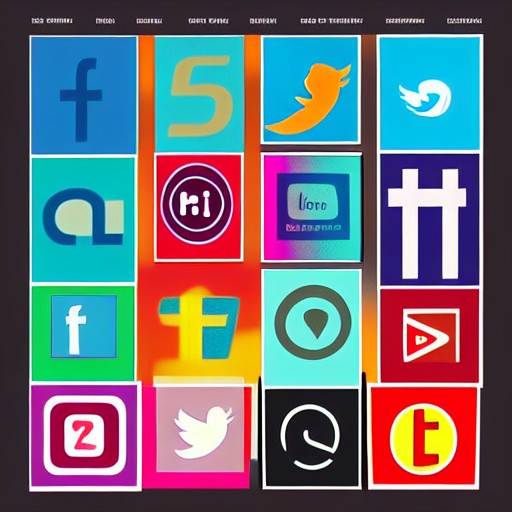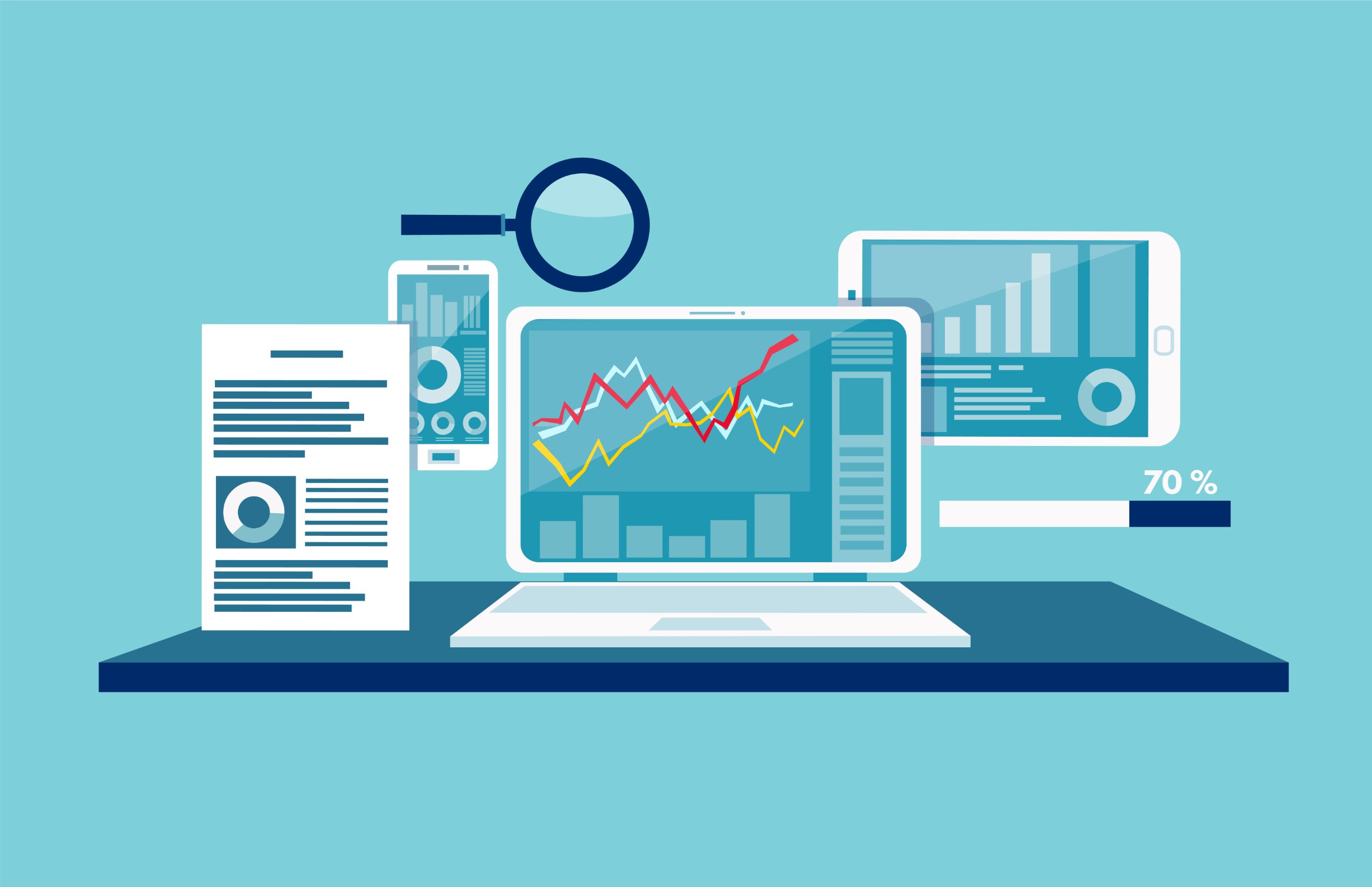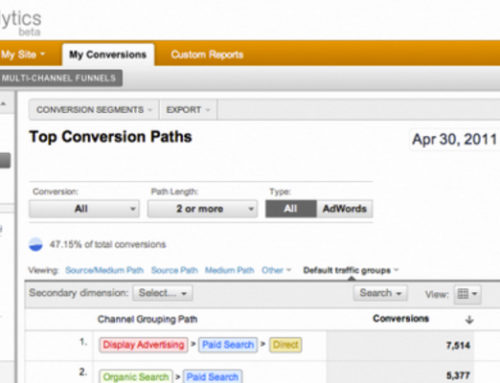What is social media monitoring?
Social networking sites allow you to monitor what people are talking about your company online. This includes everything, from Twitter posts to blog comments to reviews on Amazon.com. You can use it to find out where consumers are looking for information, how many times something gets shared, and even whether or not someone likes your product.
Brands should monitor all forms of communications – email, phone calls, texts, etc. They should also monitor social media conversations. By doing so, they can learn about customer concerns and issues before they become problems.
Monitoring social media conversations will allow brands to see trends before they occur. For example, if there’s lots of negative feedback about a particular aspect of your products or services, you might want to address those complaints sooner rather than later. If customers are complaining about slow delivery, you could offer free shipping or expedited shipping options.
To be successful, you must also monitor all channels, including social media, Twitter, Facebook, Instagram, and others. Don’t just focus on one channel; monitor all of them. Also, don’t forget to look at competitor activity too.
Monitoring conversations on multiple networks simultaneously will help you better understand what people are talking about most frequently.
Social media listening vs. social media listening
Social media monitoring helps you understand consumer behavior while social media listening enables you to see the bigger picture. Monitoring gives you access to day-to-day activities while listening provides insight into how customers are interacting with your brand online. Both tools provide value in terms of understanding consumers and managing your brand, but it pays to consider whether one tool is better suited to your needs. Here’s why:
When people think about social media monitoring, they often focus on the data they collect. They might ask themselves questions like “How many likes did my post receive?”, “Who viewed my video?”, “Which posts received the most comments?” and “Where did my followers come from?”. However, there’s another side to social media monitoring that isn’t talked about much – listening. While monitoring is focused on finding out what’s being said about your brand, listening is focused on hearing what’s being said. This includes things like conversations taking place around your brand, mentions of your brand name, and even negative feedback.
Why Monitor?
There are several reasons why monitoring makes sense. First, monitoring helps you find out what’s being said. You’ll get a clear view of what’s being said about you
Social networks provide an excellent platform for companies to monitor their brand reputation online.
Social media provides businesses with a wealth of information about how consumers feel about their products and services. From customer reviews to brand sentiment analysis, it offers insights into consumer behavior and trends. But while there are numerous tools available to help companies track online conversations, one thing most fail to do is listen.
Monitoring social media gives you insight onto what people are saying about you and your business. This includes both positive and negative feedback, allowing you to respond quickly and effectively. By listening to what people are saying about a product or service, you can find out whether it is meeting expectations. You can even use this data to inform future marketing campaigns.
Social media allows you to connect directly with your customers. Whether it is via Twitter, Facebook, Instagram or LinkedIn, you can reach out to them and ask questions. If someone mentions your brand name, you can reply directly to them and engage in conversation. This helps build relationships with potential clients and customers.
There are many different ways to monitor social media, including third-party apps like Hootsuite, Buffer, and Sprout Social, as well as free platforms such as TweetDeck. However, some of the best options include:
• HootSuite – A cloud-based tool that makes it easy to manage multiple accounts across multiple networks. Features include scheduling posts, managing lists, tracking performance and analyzing keywords.
• Buffer – An app that lets you schedule tweets, post images, videos and links.
• Sprout Social – Similar to Buffer, this tool enables you to schedule tweets, send emails, set up alerts and analyze performance.
Social media monitoring is one of those things that sounds like a good idea but doesn’t always work out well. In fact, many companies are finding that social media monitoring isn’t worth the effort. But there are ways to use it effectively. Here are some tips on how to make sure that you’re getting the most value out of your social media monitoring efforts.
 A Social Media Monitoring Checklist
A Social Media Monitoring Checklist
Social media monitoring is a crucial part of any brand strategy. Without proper monitoring, brands risk losing out on valuable insights that can lead to increased sales and customer loyalty.
In order to effectively monitor social media platforms, brands must first understand the different strategies used by various social networks. Brands also need to identify the best times to engage with customers and build relationships with influencers.
Social media monitoring is one of the most important aspects of digital marketing. If you’re not doing it, you’re missing out on tons of data. This post will give you an overview of social media monitoring and give you some tips on how to do it well.
If you’ve ever tried to juggle too many balls at once, you’ll appreciate the fact that social media monitoring isn’t easy. There’s just too much information flying around, and there are so many different ways to look at things. But if you follow a few simple steps, you’ll be able to keep up with all the activity happening online.
Here’s a checklist to follow when doing social media monitoring:
1. Understand Different Types of Social Networks, Social Platforms, and News Sites
Different social networks serve different purposes. For instance, Facebook is primarily a place for sharing photos and videos, whereas Twitter is a platform for quick updates and conversations.
Knowing the differences between these networks allows brands to focus their efforts appropriately. Here are some of the most important ones:
Facebook vs. Twitter
- The two biggest social media platforms are Facebook and Twitter. They both have similar features, but they also differ in many ways.
- For example, Facebook has more than 2 billion active users worldwide, while Twitter only has about 300 million monthly active users.
- Another difference is that Facebook is much more user-friendly than Twitter. It’s easier to share content on Facebook, which makes it an ideal platform for businesses looking to reach consumers.
- Twitter, however, is better suited for businesses trying to connect with other companies or industry experts. This is because Twitter is a fast-paced network where people communicate through short messages called tweets.
Instagram vs. Pinterest
- Instagram and Pinterest are popular photo-sharing platforms. Both allow users to post pictures and videos, as well as add text captions.
- However, there are several key differences between them.
- First, Instagram is owned by Facebook, so it shares many similarities with its parent company. However, it doesn’t offer the same level of privacy controls as Facebook does.
- Pinterest, on the other hand, is owned by Yahoo! and focuses on visual content. Users can create boards and pin images from around the web.
LinkedIn vs. Indeed
- LinkedIn is a professional networking site that connects professionals with potential employers. LinkedIn is also known as “the business social network.”
- Indeed is a job search engine that helps job seekers find jobs based on their skills and experience.
- Both platforms have similar features, such as messaging, groups, and profiles. But LinkedIn is geared toward connecting professionals, while Indeed is focused on helping job seekers find work.
YouTube vs. Reddit
- YouTube is one of the world’s largest video hosting sites. The platform offers live streaming, original programming, and even music videos.
- Reddit is another online community that focuses on news and discussion topics. Like YouTube, it also hosts videos, but unlike YouTube, Reddit has free and paid plans.
There are literally hundreds of social media network services out there. Here is a list of the top social media platforms. But keep in mind, as this listing on Wikipedia shows there are many many more.
| Facebook Snapchat Tumblr | Pinterest Skype TikTok YouTube | Medium Livejournal Vine SoundCloud Periscope Steemit |
2. Identify Your Audience & Influencers
- Once you review the different types of social networks, it’s time to figure out who exactly you want to target. You need to identify your audience and what they are interested in so that you can create content that is relevant to them. This will also help you determine which platforms you should focus on first. For example, if you sell a product for kids, then Facebook might not be the best platform for you since most people under 18 use Twitter or Instagram instead.
- Don’t forget to identify top influencers and review sites in your niche. Influencer marketing is becoming increasingly popular among marketers. However, identifying influential individuals on social media requires some research. Start by looking at follower counts and engagement rates.
- Brands can also look at the content shared by influencers to find common themes.
3. Set Up Your Social Media Accounts
1. Create A Profile For Your Business On All Major Networks – You should have a business profile on every major social network. If not, it’s time to get started!
2. Add Images And Links To Each Network – Images are a great way to engage with customers. They add personality and make your page more visually appealing.
Links are important because they give visitors a reason to stay on your site. Include links to all of your other social profiles, blog posts, and so forth.
3. Connect With Other Profiles On The Same Platform – Connecting with other accounts on the same platform will increase your visibility. Follow them back if they follow you first.
4. Update Your Info In Every Account -Make sure to keep your name, address, phone number, and email updated in each account. This makes it easier for fans to connect with you.
5. Share Content That Is Relevant To Your Niche – Share interesting articles, videos, or news stories related to your niche.
6. Comment On Blog Posts And News Stories -People love to read comments. Respond to questions and share opinions.
7. Join Communities Related To Your Industry – Joining communities lets others know who you are and what you’re doing. You never know when someone may be able to provide insight that’ll help your business.
8. Use Hashtags Effectively- Hashtags are keyword tags that let people filter content by topic. Don’t overuse them, but don’t ignore them either.
9. Monitor Analytics Data – Analytics data tells you how many people visit your pages, where they come from, and what they do once they arrive.
10. Engage With Fans – Fan interaction helps build relationships with your target market. Make sure to respond to messages and interact with other fans.
4. Determine When Your Audience Typically Engages with Social Media
- It’s important to understand when customers are active on social media so that you can reach them when they’re most likely to respond positively to your messages.
- For example, if you run a restaurant, you may want to target customers during lunch hours. On the other hand, if you sell clothing, you may want to focus on customers after work.
5. Monitor Keywords and Track Traffic and Conversions
- Keyword monitoring is another effective tool for finding relevant posts on social media. Using tools like Google Trends, you can easily track search volume trends for specific keywords.
- You can also use tools like BuzzSumo to discover the most engaging content related to your industry.
- Traffic and Conversion tracking is essential for measuring the effectiveness of your social media efforts. Tools like Google Analytics allow you to track traffic conversions across multiple social media platforms.
 Selecting Social Media Monitoring Tools
Selecting Social Media Monitoring Tools
Once you identify your audience and know what type of social networks you want to monitor, you need to choose your tools. There are plenty of options out there, including Google Analytics, Hootsuite, and Buffer.
Here are some things to consider before choosing a tool:
- Cost – How much will it cost? Some services are free, while others charge per month.
- Ease of Use – Will it be easy to use? Is it intuitive? Does it require training?
- Features and Focus – is the tool multi-faceted providing social media monitoring, social media listing, social media automation, and social media posting, or does it include only one feature? Can it integrate with other apps?
- Support – Do they provide 24/7 support? Are they responsive when issues arise?
Social media marketing tools include:
1. Google Analytics and Google Alerts
Google Analytics is an analytics service provided by Google. It allows website owners to track how visitors interact with their websites.
It provides information about traffic sources (such as which pages were visited), traffic trends, visitor demographics, and user behavior patterns.
You can use Google Analytics to learn about your audience, optimize your marketing efforts, and improve your SEO strategy.
Google Alerts is a free service provided by Google that alerts you when new content appears online.
2. HootSuite
HootSuite is an all-in-one social media management app for Twitter, Facebook, LinkedIn, Tumblr, Google+, Foursquare, and Flickr. This tool lets you schedule posts, manage multiple accounts, and analyze data.
3. Buffer
Buffer is a scheduling tool that automatically sends tweets at pre-determined times. It also allows users to track how well each post performs.
4. SproutSocial
SproutSocial is a powerful social media marketing software that provides analytics, reporting, and optimization. You can set up campaigns, measure results, and optimize performance.
5. TweetDeck
TweetDeck is a desktop application that displays updates from various social networks. It includes a timeline view, lists, columns, and filters.
6. Tweriod
Tweriod is a time-tracking service that monitors social media activity over time. It tracks mentions, shares, retweets, likes, comments, and follows.
7. Topsy
Topsy is a real-time search engine that aggregates content across social media. It analyzes conversations about brands, products, events, and people.
8. TweetMeme
TweetMeme is a website that compiles trending information from Twitter. It includes a search bar, which helps users find relevant trends.
9. TweetReach
TweetReach is a social media analytics company that measures the reach of Tweets. It reports on impressions, engagements, and demographic information.
10. TweetStats
TweetStats is a social media dashboard that gives you a bird’s eye view of your social media presence. It offers analytics such as followers, engagement, and demographics.
11. TweetAdder
TweetAdder is a social media advertising platform that automates ad creation. Users can create ads based on keywords, hashtags, and interests.
12. Social Mention
Social Mention is a social media analysis tool that compiles public opinion about topics. It uses natural language processing technology to extract key terms and phrases.
13. Social Flow
Social Flow is a social media dashboard designed to help businesses understand their audience. It shows user demographics, interests, and behaviors.
14. Social Rank Tracker
Social Rank Tracker is a social media ranking system that ranks sites in order of popularity. It analyzes interactions between users and websites.
15. SocialBro
SocialBro is a social media dashboard for Twitter. It provides insights into what’s happening in your network.
Why should I care about social listening?
Social media is a powerful tool for businesses to connect with their customers and prospects. But it’s not just about posting on Facebook or Twitter, it’s also about understanding what your audience is saying about you online. Social listening can help you understand the sentiment of your brand, identify opportunities to improve customer service, and even find new ways to market to your target audience.
 Social Media and Emerging Technologies
Social Media and Emerging Technologies
Social listening apps collect data from different social networks and deliver it in one place. This allows marketers to see how customers interact with each other across platforms and gain insight into what products and services resonate with consumers.
Relevant data is what matters the most. Most social listening services provide insights based on demographics, interests, and behavior. Some companies offer analytics based on specific keywords.
Remember, there are many different uses for social media listing and monitoring besides simply measuring brand mention volume. You could also track influencer activity, identify trends, and evaluate sentiment.
The world is changing fast. And it’s getting even faster every day. As our lives become ever busier, we rely on technology to make things easier. But with the rise of artificial intelligence and machine learning, our reliance on technology could soon go beyond just making life simpler. In fact, there are some experts who believe that the next decade will see the emergence of a new era of technological advancement – one where machines begin to think as humans do. This shift is already underway. For example, AI assistants such as Alexa and Siri are becoming increasingly popular. They are able to answer questions, provide information, and perform tasks without human intervention. The same goes for self-driving cars. These vehicles use sensors to detect objects around them, navigate roads safely, and avoid collisions. So, while it might seem like we’re still far away from having fully autonomous vehicles, the future is closer than most of us realize. If you want to keep ahead of the curve, you need to start thinking now about how you can leverage emerging technologies to improve your marketing strategies like social media monitoring.



